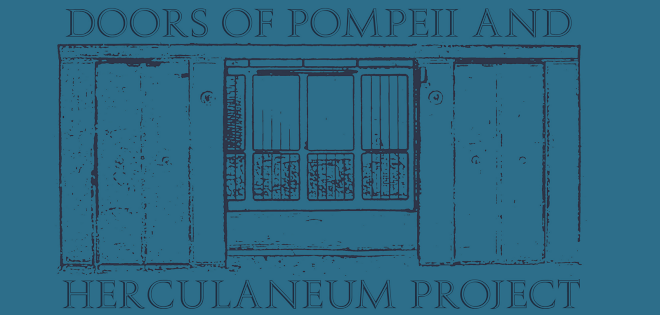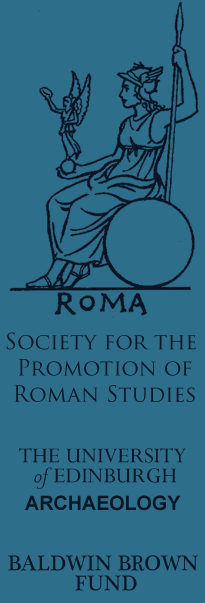After 5 months of work, the model of the Casa del Menandro
is finally complete. Who knew that attempting to recreate every minute
architectural detail of an incredibly complex structure would be so time-consuming?
Now that the thing is finished, however, I have to say that I’m pretty pleased
with it. The model has been constructed in two different forms: one with
boundaries and one without. A video of the unbounded model can be found below -- it contains a few moments in which the program had a difficult time rendering the shading correctly, but otherwise it turned out pretty well.
And here are some images of the bounded version:
One thing that I have definitely learned regarding SketchUp:
it does not like irregular plans/structures.
And because the plans of most Pompeiian houses are not orthogonal, the process
of linking walls/floors/roofs together can prove to be very, very difficult. If
someone out there happens to know how to model irregular/multi-planar shapes in
SketchUp without using multiple triangles or polygons, I would certainly be
interested in learning about the technique!











